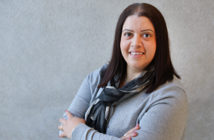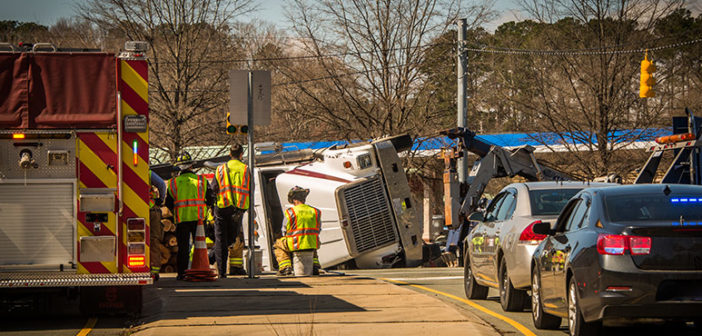The opportunities offered by 3D reality capture are many and wide-ranging with the potential to save users from various industries time and money. In this article, we’ll explore how analysis of crash scenes such as single-car accidents, mass collisions, train collisions and aeroplane crashes, can be greatly simplified and improved by digitally capturing and sharing an accurate, complete 3D model quickly in a time-sensitive environment.
3D reality capture is the latest technology improving understanding and documentation of crash and crime scenes. Millimetre-accurate laser scanning and High-Dynamic Range (HDR) imagery creates a digital 3D environment that can be explored, measured and annotated and provides court-ready evidence that extends the ability for a detailed understanding of events.
Capture a detailed and accurate 3D representation of the crash scene in a matter of minutes.
Why 3D reality capture improves outcomes for investigators

1. Capture every detail
3D reality capture quickly secures the aspect and context of a crash scene, providing investigators with an accurate and detailed representation of the area that can be explored, measured and analysed. This allows evidence to be gathered quickly and create a permanent record of the scene to be recorded for later use in investigations and in court. The ability to return and re-examine the scene offers benefits for both evidence gathering and in-court demonstrations.
2. Clear scenes faster
New laser scanners can efficiently and accurately scan scenes in a matter of minutes and in all-weather conditions. The entire scene and surrounding area can be scanned quickly, capturing all the detail, for later analysis, allowing roads and other transport infrastructure to be reopened quicker than ever before to ensure delays are kept to a minimum.
3. Deliver high definition, court-ready data
The capture of high-definition imagery that can be viewed and explored in every detail aids the process of investigation, empowering users to zoom in and out of a crash scene, measure accurately and annotate important elements. Once scans are downloaded, they can be stitched together to create a single, complete point cloud environment that helps those investigating and judging an event to gain a much fuller understanding of circumstances. This 3D actionable model can then be explored in greater detail, allowing investigators to catch specific aspects that may have gone unnoticed at the scene, where time was critical.
4. Ensure you capture everything you need
It is essential that scans of a crash scene capture the area from every angle to ensure that nothing is missed. Edge computing is helping to ensure that this is the case, allowing previews of data and image capture to be viewed within seconds on tablet devices directly at the scene. This enables investigators to check that they have captured every detail, while also allowing annotation of important evidence and adding photographic evidence of specific details, all linked to the scan.
5. Portable and accessible
As increasing demands upon investigators mean that time is a valuable asset. 3D reality capture solutions are becoming more portable and accessible, enabling users to be more efficient and accurate. New laser scanners are smaller and more affordable while providing ever-improving quality of imagery and data capture. These devices are small and simple enough to be operated by one person, with one-touch operation and pre-programming allowing inexperienced team members to operate the equipment.
High-definition 3D imagery and data enables investigators to analyse, fly-through, zoom-in, measure and annotate crash scenes.
Improving efficiency, accuracy and evidence validity

3D reality capture saves valuable time and money while freeing up precious investigation resources, as investigators, forensic experts, insurance agents and jury members can revisit the crash scene at any time, from any location.
The accuracy and speed of the latest laser scanners and software mean 3D reality capture is put in the hands of the investigator, empowering them to deliver optimal evidence and outcomes.
Find out how 3D reality capture is changing the way crash scene evidence is gathered and analysed: LEARN MORE
Discover 5 reasons why digitally documenting crash scenes improves outcomes for investigators: READ ARTICLE

Michelle Byrne Senior Marketing Communications Manager, Terrestrial Laser Scanning Global Product Marketing Communications, Reality Capture Division














